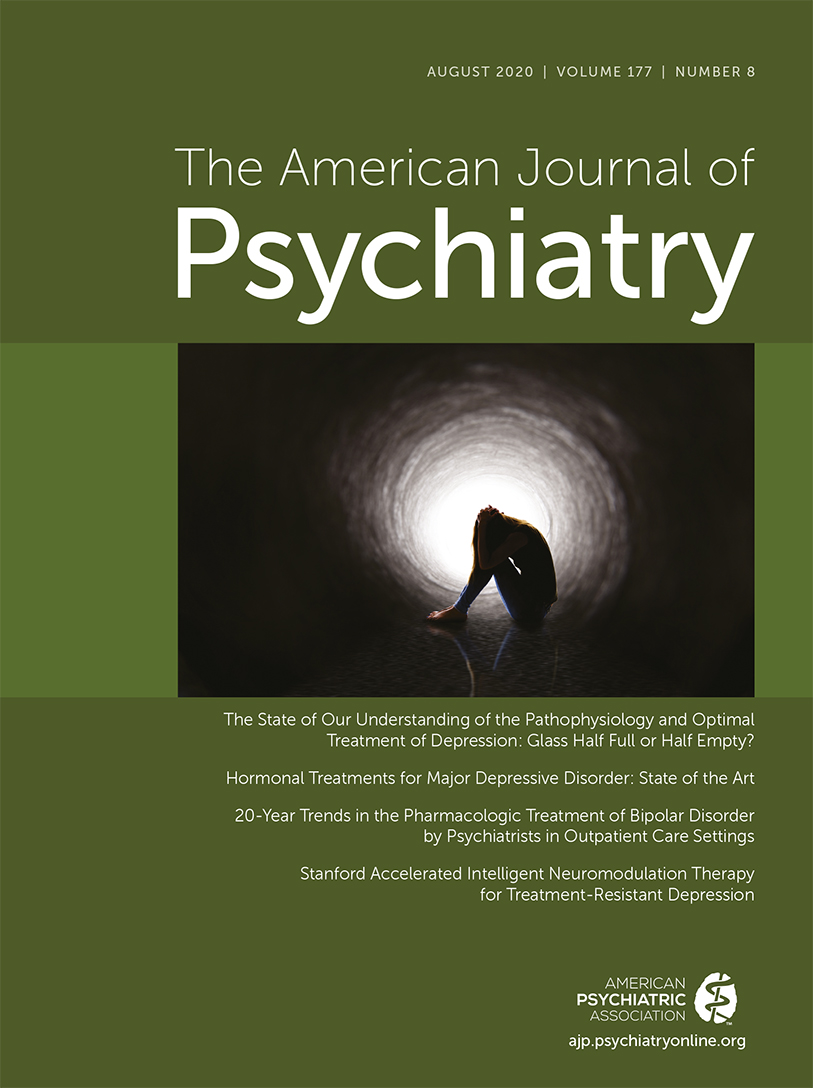The Effect of Gender-Affirming Treatment on Psychiatric Morbidity Is Still Undecided
To the Editor: In this issue of the Journal, Bränström and Pachankis study mental health treatment and suicide attempts in persons diagnosed with gender dysphoria in Sweden (1). Their claim that the study shows that gender-affirming treatment reduces the risk of mental health treatment and suicide attempts is misleading because the study design is flawed.
The authors first found what was already known (2): the rate of psychiatric morbidity is much higher in persons with gender dysphoria compared with the general population. The authors then explored if the risk for mental health treatment changes as a function of years since starting hormonal treatment. They find no effect (odds ratio=1.0), but they do find a trend toward increased risk of suicide attempts as a function of years since starting hormonal treatment. In their key analysis, allegedly showing that gender-affirming surgery decreases risk for psychiatric treatment and suicide attempts, they relate these negative outcomes to the number of years since surgery. Contrary to what the authors repeatedly claim, they do not employ a longitudinal design but conduct a retrospective analysis unfit for their research question.
First, the authors include only persons who were alive in 2014. That means that those who died by suicide before 2014—and hence were at highest risk for suicide attempt—are excluded and confound the results. Second, any analysis starting with a negative event is bound to find a decreased risk for related negative outcomes with increasing time after the event. To exemplify this point, the rate of antidepressant treatment would decrease with time after a suicide attempt. This does not mean that suicide attempts cause a decrease in risk of antidepressant treatment; it is merely a case of regression toward the mean. Third, persons undergoing gender transition have, by definition, contact with mental health services in Sweden. After the transition, persons are followed up by endocrinologists and sometimes general practitioners; only those with persistent mental health issues are followed in psychiatric care. The authors’ finding of lower rates of mental health treatment with increasing time after surgery is therefore not only a case of regression toward the mean, but it also follows from the standards of care and is not a proxy for improved mental health.
Because the authors do not present data prior to gender-affirming surgery, the study is uninformative with regard to the effects on psychiatric morbidity. Moreover, the authors miss the one conclusion that can be drawn: that the perioperative transition period seems to be associated with high risk for suicide attempt. Future research should use properly designed observational studies to answer the important question as to whether gender-affirming treatment affects psychiatric outcomes.
1 : Reduction in mental health treatment utilization among transgender individuals after gender-affirming surgeries: a total population study. Am J Psychiatry 2020; 177:727–734Google Scholar
2 : Long-term follow-up of transsexual persons undergoing sex reassignment surgery: cohort study in Sweden. PLoS One 2011; 6:e16885Crossref, Medline, Google Scholar



